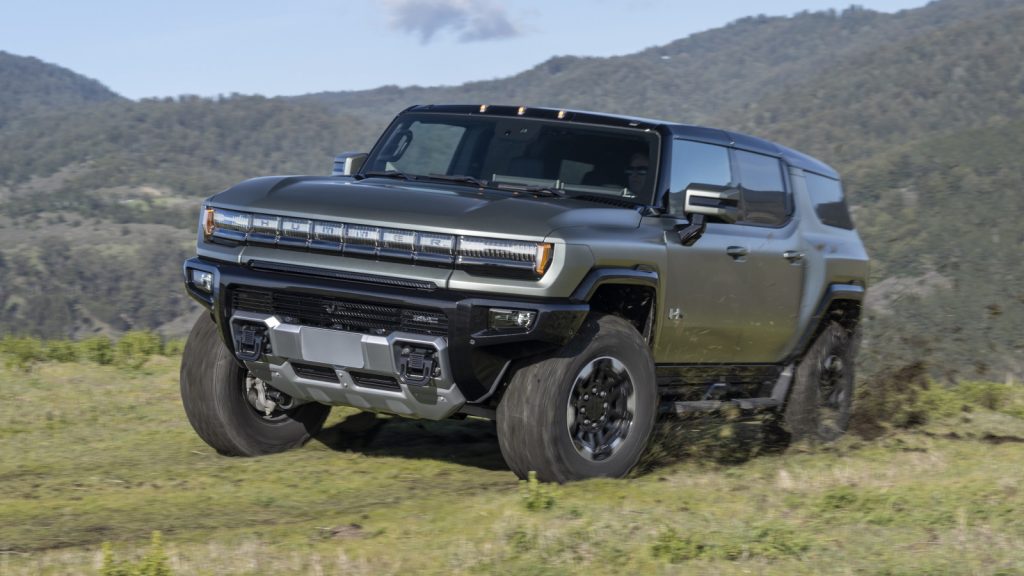The State of California is apparently going to ask the Environmental Protection Agency if it can ban the sale of new, solely gas-powered vehicles starting in the year 2035. California is the biggest car market in the United States and, given how many other states mimic California’s vehicle regulations, if approved this could have enormous consequences. It’s also not terrible news if you’re a fan of plug-in hybrids.
According to a Reuters report, the California Air Resource Board (CARB) officially put the request in to the EPA. From that report:
The California Air Resources Board (CARB), which approved the plan in August, asked the Environmental Protection Agency (EPA) on Monday to approve a waiver under the Clean Air Act to implement its new rules that set yearly rising zero emission vehicle rules starting in 2026 and would end the sales of vehicles only powered by gasoline by 2035.
“These vehicles will permanently displace emissions from conventional vehicles,” wrote CARB Executive Officer Steven Cliff, adding that motor vehicles and other mobile sources are the greatest source of emissions in California.
The Biden administration has repeatedly refused to endorse setting a date to phase-out the sale of gasoline-only vehicles.
There’s a lot going on here. First, I already warned you that the EPA’s proposed emissions rules were going to cause a bunch of people to freak out and, yeah, that seems to be happening. Whereas the Inflation Reduction Act helps ease the burden of shifting production to EVs through tax credits and other incentives, the new EPA guidelines will make it increasingly difficult to sell gas-powered vehicles only.

Unlike Europe, which has essentially agreed to ban gas-powered cars by 2035 with the notable exception of e-fuels, the Biden Administration has been somewhat agnostic about the specific technologies. If companies want to make a bunch of EVs and four super gas-guzzling cars, they can theoretically do that. Hydrogen? Sure. Hybrid? Why not.
That’s not what this is. California, like Europe, is saying no to the sale of new vehicles solely powered by gasoline or diesel. There’s an interesting caveat here, though, in that they’re ok with plug-in hybrids. Obviously, we’re extremely pro-PHEV here and I, in particular, like what CARB’s approach is. Again, from Reuters:
California’s zero-emission rules will cut by 25% smog-causing pollution from light-duty vehicles by 2037. The rules mandate that 35% of the new cars sold be plug-in hybrid electric (PHEV), EVs or hydrogen fuel cell by 2026. That proportion will rise to 68% by 2030 and 100% by 2035.
[…]
CARB’s regulation would allow automakers to sell up to 20% PHEVs by 2035 and by then would need a minimum 50-mile (80.5-km) all-electric range label to qualify.
While this is an aggressive timeline, it is more reasonable than the European standard. Plus, a 50-mile range is accomplishable today. The 2023 Prius Prime already offers 44 miles of EV-only range, for instance. A 50-mile range is currently more difficult for larger SUVs and pickups, but automakers have 12 years to figure that out if this goes through.

What’s not clear, of course, is whether or not the Biden Administration will allow CARB to go forward this. Regulating air quality and vehicle emissions is a federal job, but the Clean Air Act allows states to get a waiver from the EPA to implement their own restrictions.





Why ban something that will barely be made? Automakers are shifting away from the ICE. It’s like banning the carburetor or drum brakes. Besides, a small ICE sedan is more environmentally friendly than any large EV.
The EV will join the freeway and the suburb as quality-of-life destroying, debt-inducing pyramid schemes that make California (and much of the US) a horrible place.